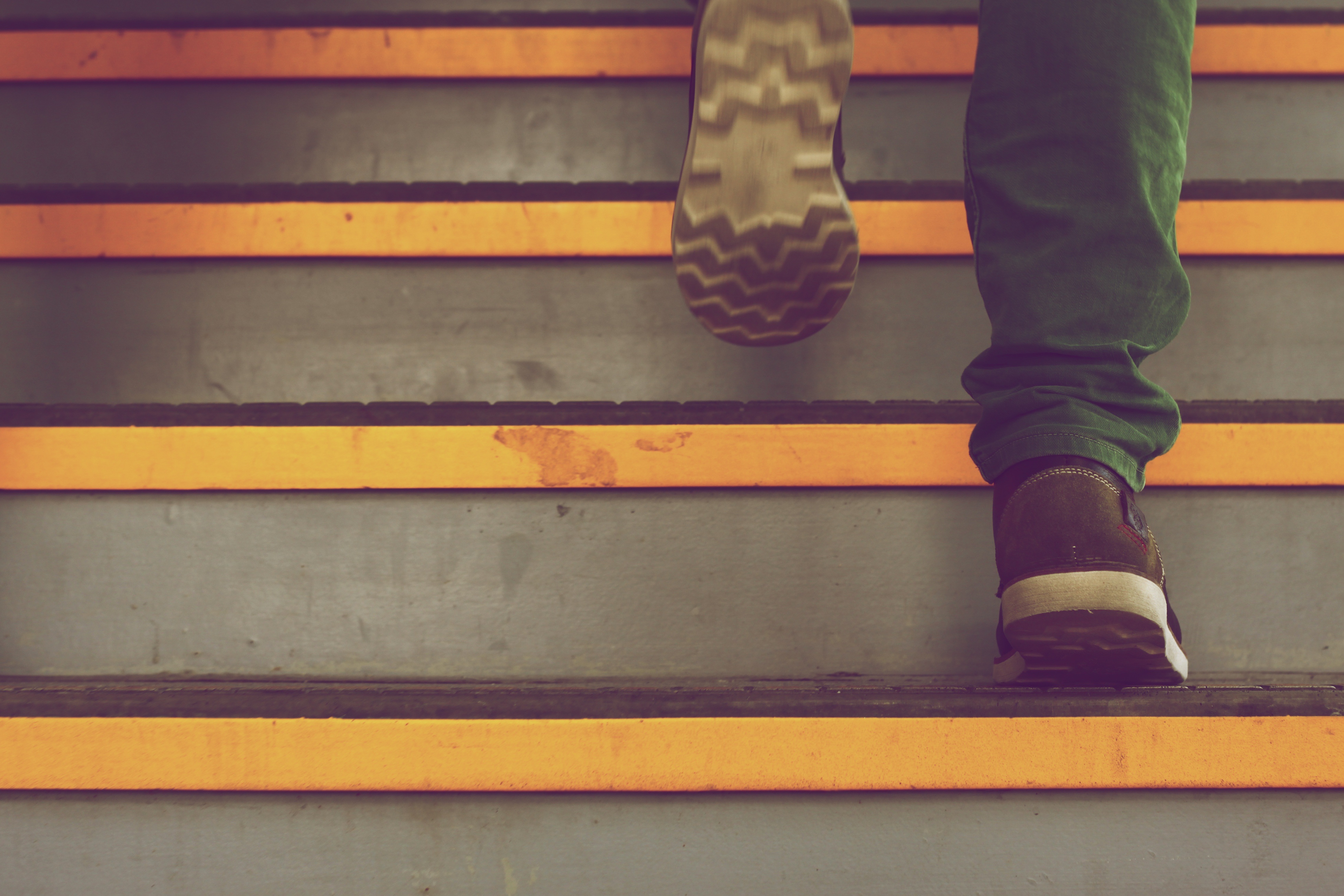What are Flat Feet?
A common condition, flat feet are at the root of many orthopedic diagnoses. In the simplest terms, it means the excessive inward collapse of the foot’s arch during weight bearing.
If looking from the inside at an adult foot, you can see an upward curve in the middle. This upward curve is called the arch, which is created by tendons (tight bands attaching at the heel and foot bones). A foot arch is formed by several tendons in the foot working together. When the tendons all pull properly, a moderate arch results. When they do not, there is little or no arch—which is called flat feet or fallen arches.

An easy way to self-diagnose flat feet is to examine your foot’s imprint on a surface that reflects water marks. Get your foot wet and step onto that surface. The normal arch imprint will have a curved appearance, with a hollowness on your foot’s inner side. A flat-arched imprint will show up more like a rectangle, often lacking any curvature.
Causes and Symptoms
Flat feet may be an abnormality, present from birth. They can also be caused by damaged tendons, broken or dislocated bones, chronic conditions like rheumatoid arthritis, or nerve problems.
Flat feet are fairly common, and many people require no treatment. But others may suffer from such symptoms as feet pain or feet aches, feet that tire easily, swelling, and more difficult foot movement.
Consequences
There are several consequences to excessively flat feet. They can include such conditions as plantar fasciitis, bunions, metatarsalgia, and heel-cord tendonitis.
But flat feet can also cause other issues in your lower body, including knee pain, hip bursitis, and lower back pain. Why? There is basically a chain reaction resulting from poor alignment. Feet rolling inwards can cause knees to roll inwards, which may result in “knock-kneed” and the misalignment of knee caps. The same thing can happen to your hips: by rotating inwards, they will cause weakness in the muscles stabilizing the hip and pelvis. Runners with flat feet are particularly vulnerable to this chain reaction.
Treatment
Although flat feet cannot be reversed, there are many treatments. One solution is custom-made orthotics for shoes that will support the arch of the foot and slow down the rate at which the arch flattens with every step. Strengthening the muscles weakened by flat feet is also very important. People with flat feet should develop exercise regimens that strengthen hip abductors, buttocks, quadriceps, and the muscles of the feet.
Be prudent and consult your Lansdale foot pain expert for guidance if you feel that you have flat feet.
Source
Everyday health
WebMD






